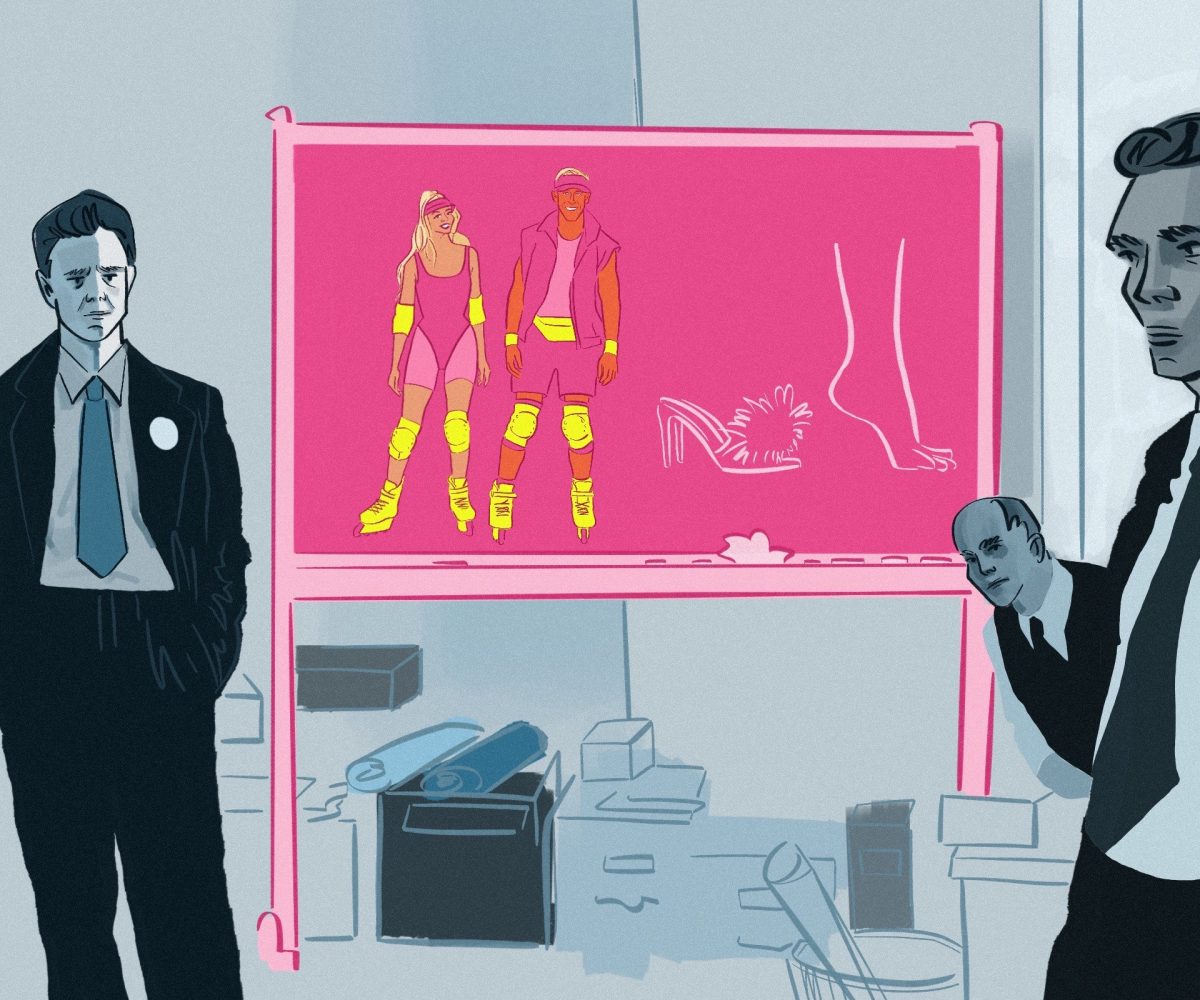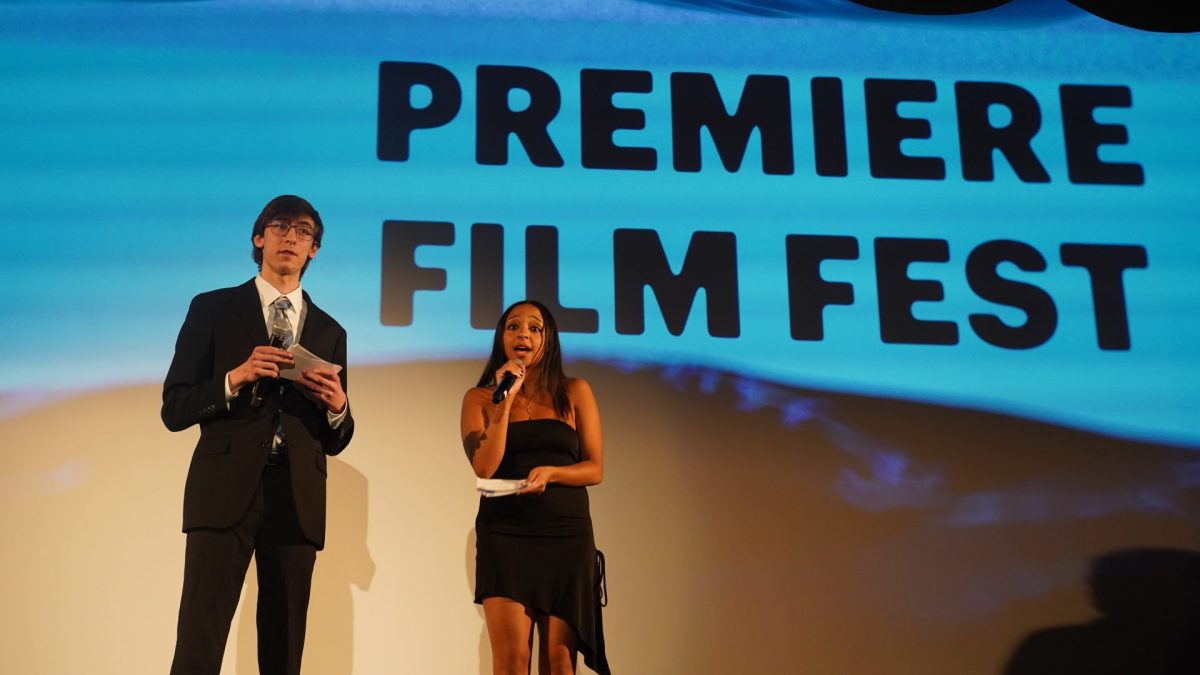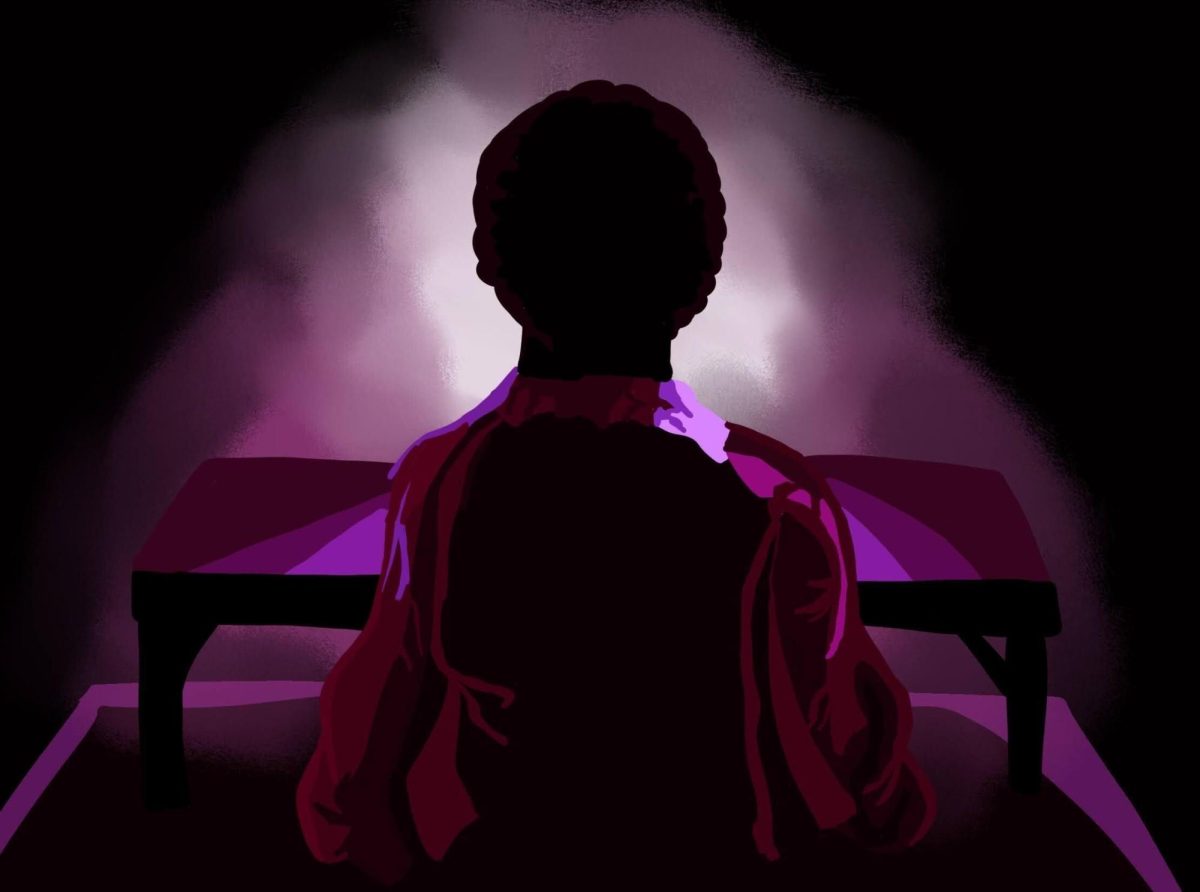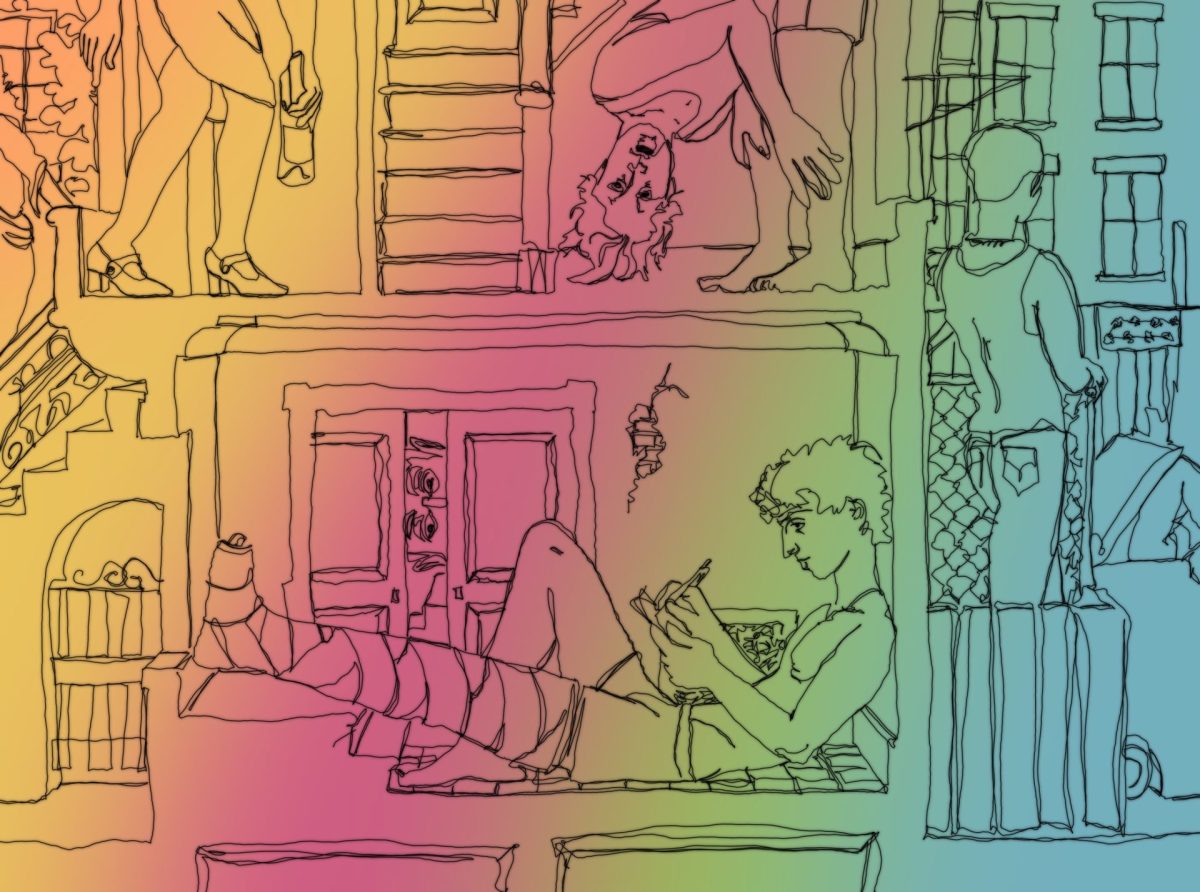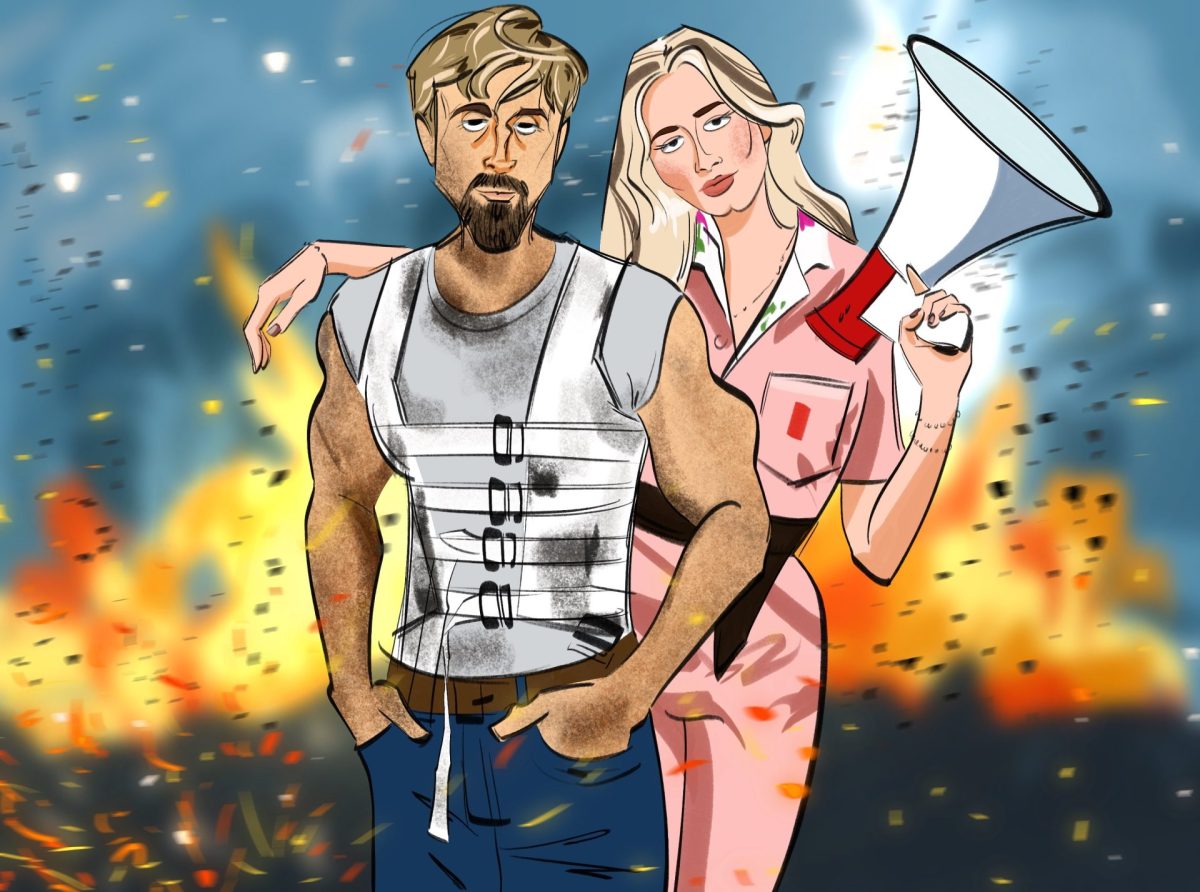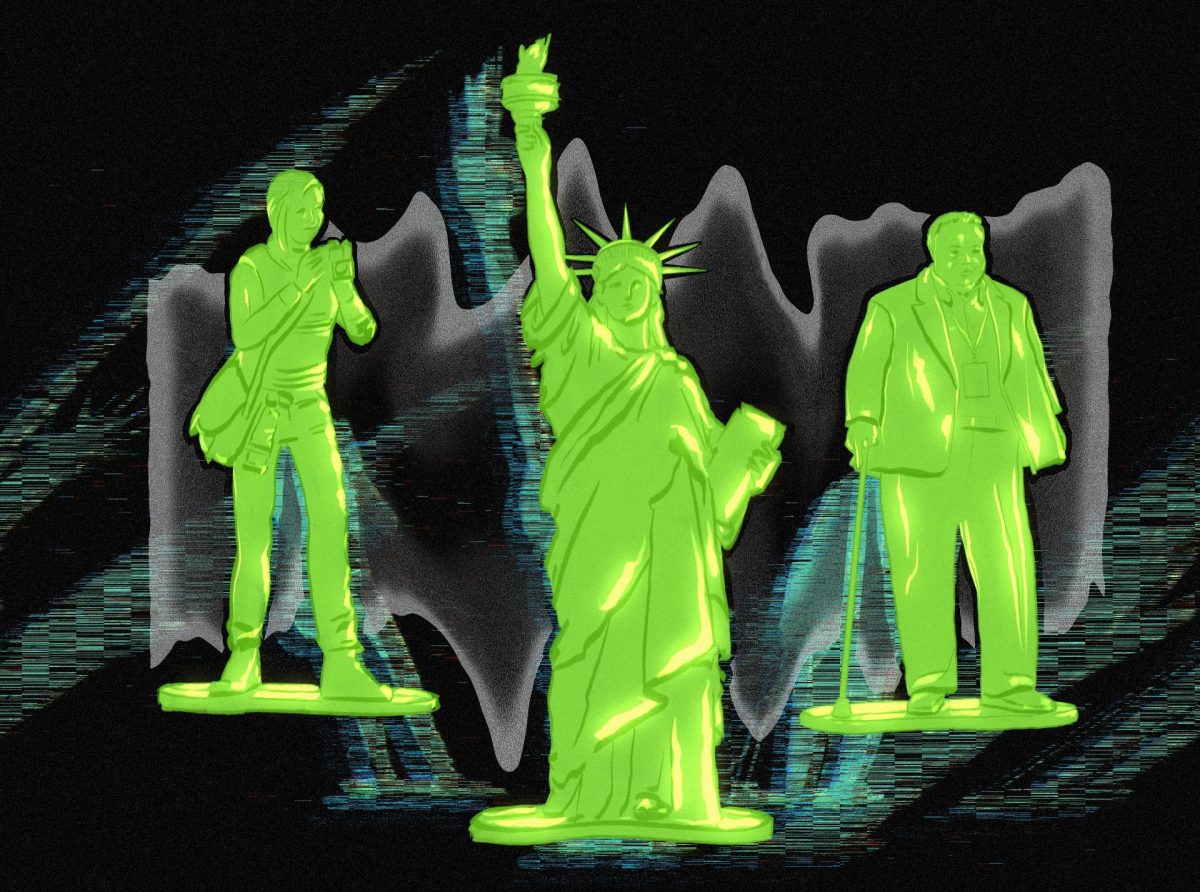For years, movie fandom has sat in the backseat of mainstream culture. After facing a global pandemic and the emergence of streaming, being booted to the trunk looked like the natural next step.
This changed on July 21, as millions flocked to the year’s main movie event when a pop culture bomb went off in theaters across America. “Barbie,” directed by rising creative Greta Gerwig, and “Oppenheimer,” the latest project from movie mogul Christopher Nolan, had arrived, and for the rest of summer, the mushroom cloud of “Barbenheimer” quickly dove into every media channel available.
Cushioned by a pair of auteur filmmakers and an ad campaign that managed to develop both films on an individual and collective basis, “Barbenheimer” quickly became a go-to summer event. Add a sprinkle of A-list performers and the craze was unlike anything the business had seen in years.
However, the most important part of any legacy is its ability to survive and for “Barbenheimer,” its continuity is created through discussion. Looking at the world of academia — a space built on conversation — it may earn itself the opportunity to thrive.
Micheal DeAngelis, a professor and chair of DePaul’s Media and Cinema Studies program, sees the potential in “Barbenheimer” as a step in the right direction.
“This is definitely a historical phenomenon that can’t help but serve as a signal of hope and optimism,” DeAngelis said. “Both young adults and their elders still have a reason to go to theaters for the experience of seeing quality, non-blockbuster, non-superhero films.”
Found in the folds of each story, “Barbenheimer’s” mix of moral questioning and societal standards finds a way to relate to the growing minds of today. DeAngelis and his fellow teachers see the need to grasp onto the content that is active in the lives of their students.
Paul Booth, associate dean of Student Affairs and Engagement and professor at DePaul’s College of Communication, identified how the principles he conveys in his classroom highlight the importance of an educated scholar.
“I try and train my students to look for those ideologies and identify them and talk about them,” Booth said. “You don’t always need to break them, but you do need to be able to recognize them.”
With “Barbenheimer” turning the tide, if only briefly, to the development of new storytelling methods, a teacher’s process is only empowered by its reception from the class. As the media climate continues to dilute the value of cinema in the lives of modern consumers, it takes a big push for said group’s attention to be won.
Using an abundant and very pink ad campaign, “Barbie” brought that push and then some, with its own marketing leaking into the promotion of its better half. Fusing into one organic experience, the only thing left was to see how audiences responded.
Kayla Garcia, a sophomore majoring in film and television at DePaul, said this moment reminded her what the cinema can truly offer.
“The fans went all-out for these films that hold little crossover for target audiences, but the unity was still felt in the lobby of my local theater,” Garcia said. “This kind of buzz brought back the joys of going to see a movie together, as ‘Barbenheimer’ was a unifying space that accepted all who had an interest in either work.”
A version of the “Barbenheimer” event could find these stories in contention with one another. Audiences were quick to cross this option off, with both films earning notable grossing successes that continue to rise, as a focus on their differences became the reason for their union.
“Barbenheimer” showed that movies can be deeply effective when distinct, leaving the industry with its own questions to answer.
“The American film industry has something significant to learn from this,” DeAngelis said. “Historically known for underestimating its audiences’ capacity for reflection upon intelligent subject matter, the ball is now in the industry’s court to test its willingness or reluctance to fund quality projects.”
The magnitude by which “Barbenheimer” affected the world remains a recent memory. However, whether it fades among a wave of formulaic projects is dependent on those who raved about its significance in the first place.
Bringing together a wide range of followers, the movement behind “Barbenheimer” is a flash at what movie culture used to be. There are many who see the cinematic event’s viability in relation to the youth while also erecting a stronger conversation between both ends of the teaching dynamic.
More than anything, these movies imposed an exciting new way for films to be discussed and continues to show why they were once the only thing people could talk about.
“The people go to see movies because they want the big spectacle,” Booth said. “It’s tough to be in the movie business right now, because it’s hard to make those small, independent, kind of powerful films, but they’re still there. You just have to go out and find them.”


